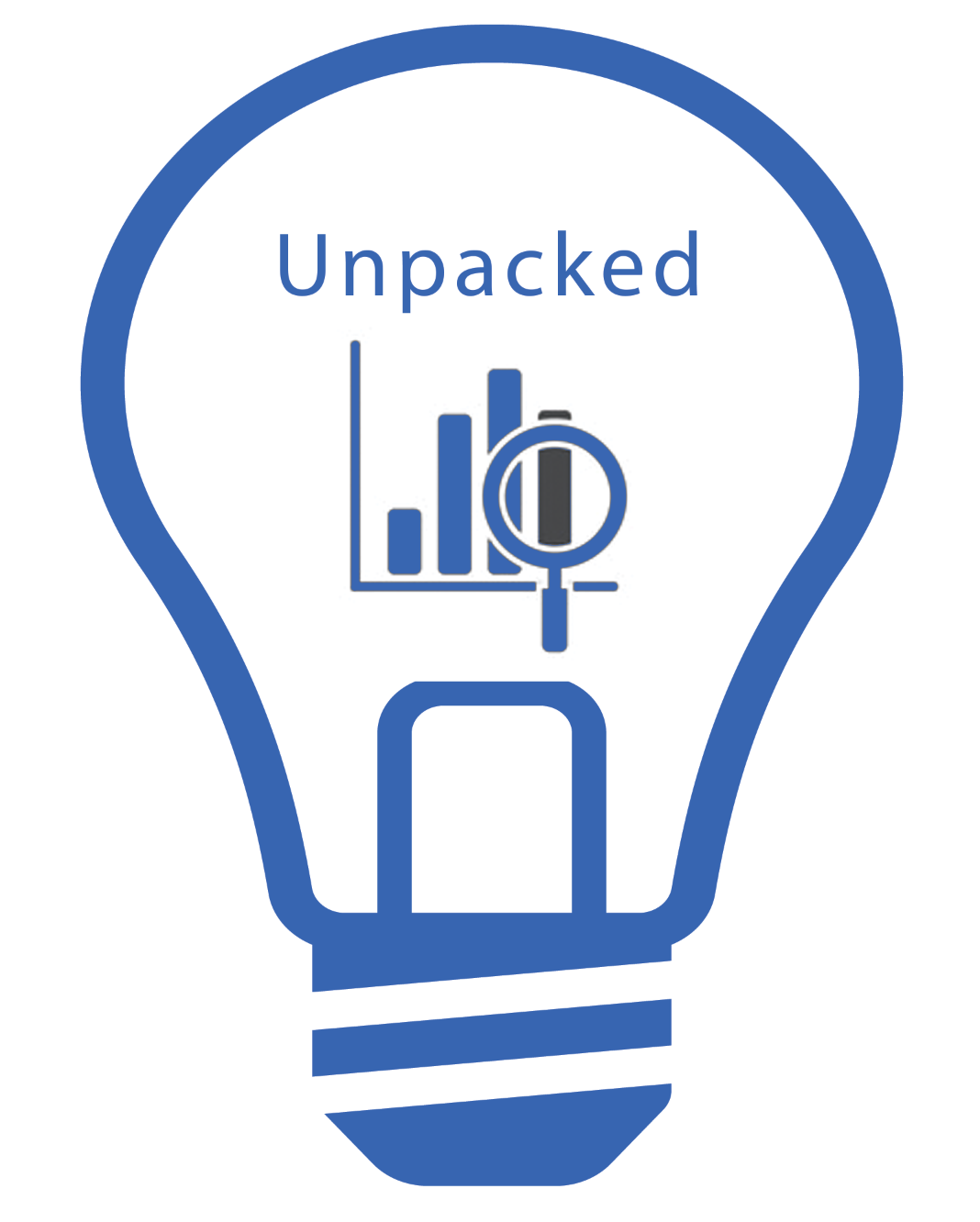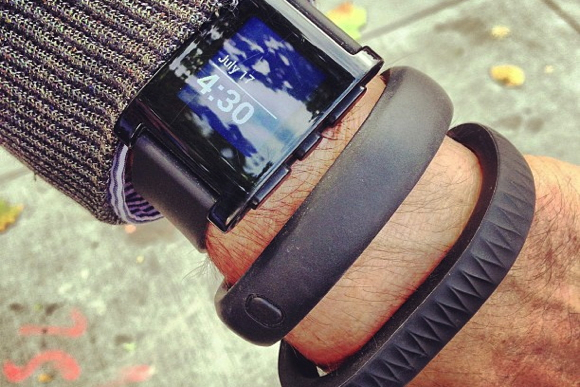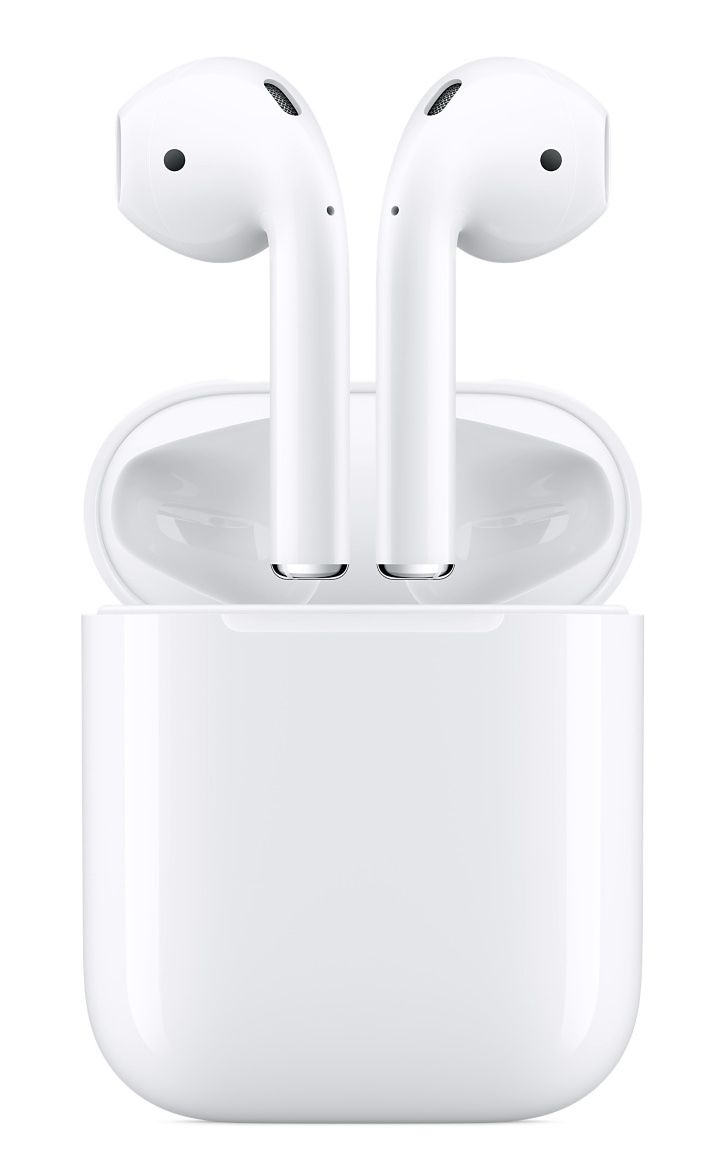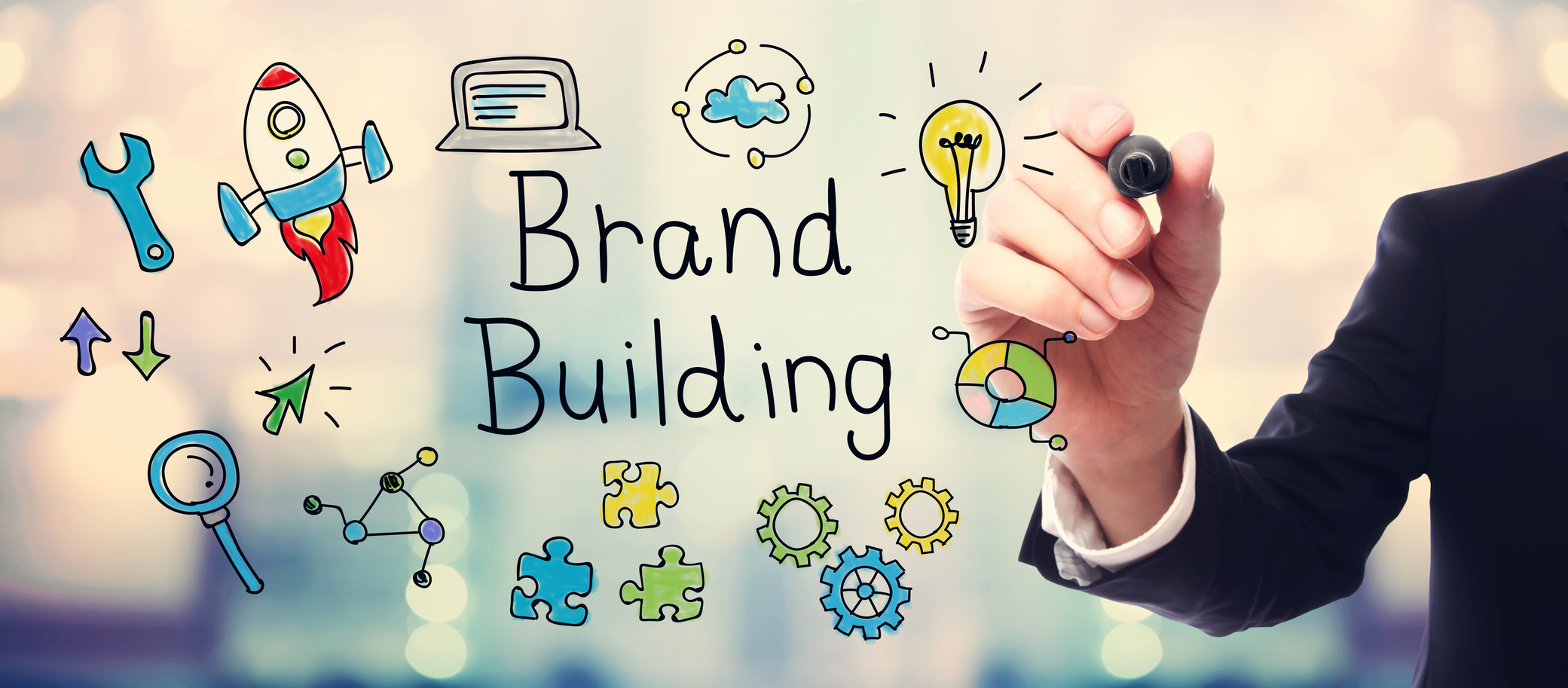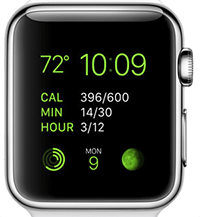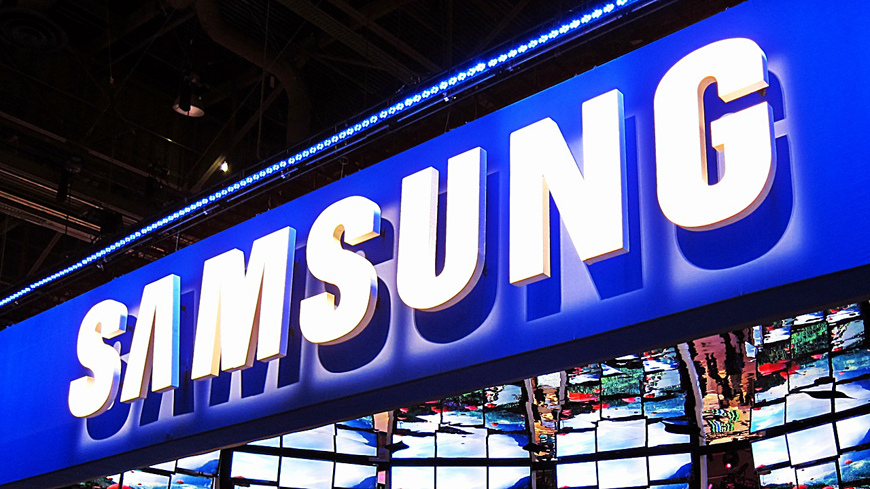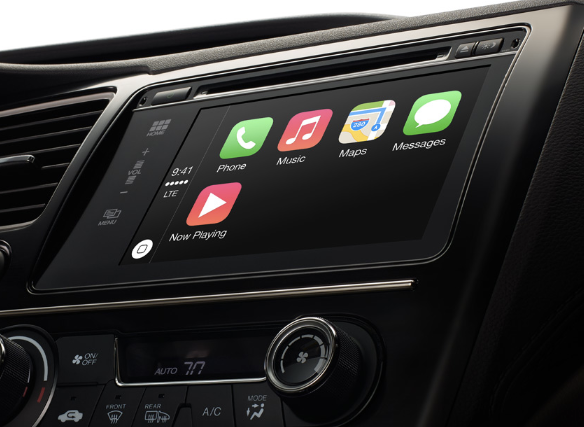AT&T hosted two days of meetings with industry analysts last week, covering a broad array of topics across its consumer and enterprise businesses. Having attended many such tech industry analyst meetings over the years, I found the discussions last week to be unusually wide-ranging and forthright. AT&T has made some pretty significant bets over the past 2-3 years — acquiring DirecTV; investing heavily in the Mexico market; moving aggressively to re-architect its network; and increasing its commitment to building out fiber, among other initiatives. Although Wall Street might be unexcited about big telco stock prospects in the near term, I came away with a fairly positive impression of AT&T’s long-term direction.
What follows are some big picture takeaways across some of the major business segments.
DirecTV
When AT&T announced its plan to acquire DirecTV in 2014, I was skeptical. It was clear then, and it remains so now, that traditional pay TV, a la big bundle, is a flat=to-declining business. Rising content fees have trimmed margins. Having spent time speaking with AT&T executives in recent months, I have started to warm to the deal. First, AT&T has moved quickly to leverage its two largest (and not very fast growing) businesses as an important customer acquisition and retention tool. It’s a believer in the bundle, offering healthy incentives to attract the 15 million DTV customers to who don’t have its wireless service and the 21 million wireless customers who don’t have DTV. This has started to show some positive results. Second, in the hyper-competitive wireless market, where the deltas on network quality and price have narrowed in recent years, content and TV Everywhere could be an important differentiator, especially given Verizon’s recent moves with AOL and Yahoo, and Comcast’s potential entry into the wireless business. AT&T has also renegotiated a lot of its content deals so they are technology agnostic.
The next year will be critical, however. Within the next several weeks, AT&T will be launching DirectTV Now, its skinny, over-the-air bundle aimed at Millennials. It is premature to speculate on the prospects for Now, since AT&T did not reveal the content lineup. The skinny bundle market is becoming a crowded space and successes so far have been modest. AT&T is also spending big sums to revamp the back office operations of DTV, improving its somewhat dated looking user interface, and steadily rolling out more contemporary set-top boxes. Part of the grander plan is to use big data to deliver more relevant, targeted advertising to DTV subscribers. AT&T is firing on a lot of cylinders here – much lies in the execution.
Mexico
AT&T has moved quickly in Mexico since it acquired Iusacell and NII Holdings in 2015. Mexico under-indexes its peers in terms of wireless penetration, network quality, and level of competition. Deploying LTE to the mass that is Mexico City in barely a year is no small accomplishment. There is no question Mexico is an important growth opportunity in the longer term and offering free roaming to U.S. and Mexico subscribers is a good differentiator. The risk is the significant level of investment required, given Mexico’s still high economic and political beta.
Fiber and AirGig
AT&T has increased its commitment to fiber deployment, which is somewhat of a contrast to the plans of some of its competitors such as Google and Verizon. Part of this plan is a commitment to bring fiber to 12.5 million locations by 2019. But the bigger deal is the plan to deploy more fiber closer to a lot of homes, businesses, and MDUs. Why the evolution in strategy from only a couple of years ago? AT&T claims the costs of deploying fiber have come down significantly, so the economic equation is more favorable. The other catalyst is the need for big fiber backhaul pipes to support the growth of video, AR/VR, and even 5G wireless.
AT&T also provided a few details on its innovative Project AirGig, which uses antennas sitting above (but not on) utility poles to regenerate millimeter waves from station to station, potentially delivering fixed wireless broadband of potentially 1 Gbps speeds. AirGig is to AT&T what the self-driving car is to Google: a ground-breaking, still experimental technology, ten years in the making, that could radically alter the economics of backhaul and small cells. This is a 2020 thing, not a 2017 thing.
Network
AT&T has been at the forefront of the move to a software-defined network, having already virtualized 30% of network functions, with plans to get to 70% by 2018. Why is this important? Network service providers have realized for some time that the monolithic, hardware-centric network approach is not sustainable from the standpoint of capacity, agility, and economics. Most major telcos are on relatively the same page with respect to where their network architecture needs to go. Nevertheless, it is a huge transformation, in terms of approach, what it means to vendor relationships, the skill set required of employees, and ultimately moving to new models of how the network will be monetized.
AT&T was a little more sanguine about 5G. On the one hand, network executives are excited about 5G’s potential to deliver the faster speed and lower latency required for certain devices and applications. On the other hand, there was a dose of realism that 5G is a 2020 and beyond thing, and deployment will be in pockets, with LTE still forming the primary coverage layer for the foreseeable future. I am of the view LTE still has a lot of legs. The LTE Advanced Pro roadmap, plus opportunities in the unlicensed band, has the ability to deliver significant improvements in network performance and capacity over the next few years, with many of the attributes envisioned for 5G.
Mobile
Mobile comprises more than half of AT&T’s total revenues, but the traditional cellular market is showing signs of maturing. This is why both AT&T and Verizon have made some pretty aggressive bets over the past two years to provide them with the source of the next $10+ billion in growth. AT&T’s key strategic pillar is focused on mobile entertainment, leveraging the DirecTV asset to deliver video to subscribers wherever they are and to any device. AT&T says it has the mobile network capacity to accommodate what could be a 7-10x increase in data traffic over the next 3-4 years. One key question is whether it can deliver all that mobile video profitably. Remember, its wireless services business has had pretty impressive margins over the years. Another question is whether AT&T needs unique content in order to deliver a differentiated value proposition. There was some tacit acknowledgment this might be the case, but the strategy around this still appears to be formulating.
IoT is another area of major emphasis and potential. AT&T has built a large organization and has devoted significant resources toward IoT. The company has seen some solid success in the connected car segment. Although AT&T will capture its fair share of the ‘billions of connected devices’, it is still difficult to gauge the dimension and timing of the opportunity and which sectors will drive it. IoT is a different type of business: base hits and maybe a couple of doubles, but few triples or home runs.
One disappointment was on the device side. AT&T did not lay out a compelling vision of the device and wearables roadmap, other than being the channel for lots of iPhones and Galaxies. I would like to have heard some more forward thinking about how AT&T might deliver a differentiated experience on those devices, about efforts to partner with OEMs to create exciting devices to help AT&T execute on its video and IoT vision, or plans to offer greater vendor diversity.
AT&T has held these industry analyst gatherings for several years running, so it’s an interesting benchmark on the state of the company and of the industry. This year, I find AT&T with a more finely honed strategic direction, focused on becoming a premium mobile entertainment company and evolving its network to deliver on that vision. The next stage will be very focused on execution, and how a transformed telco fares in a broader competitive landscape.


